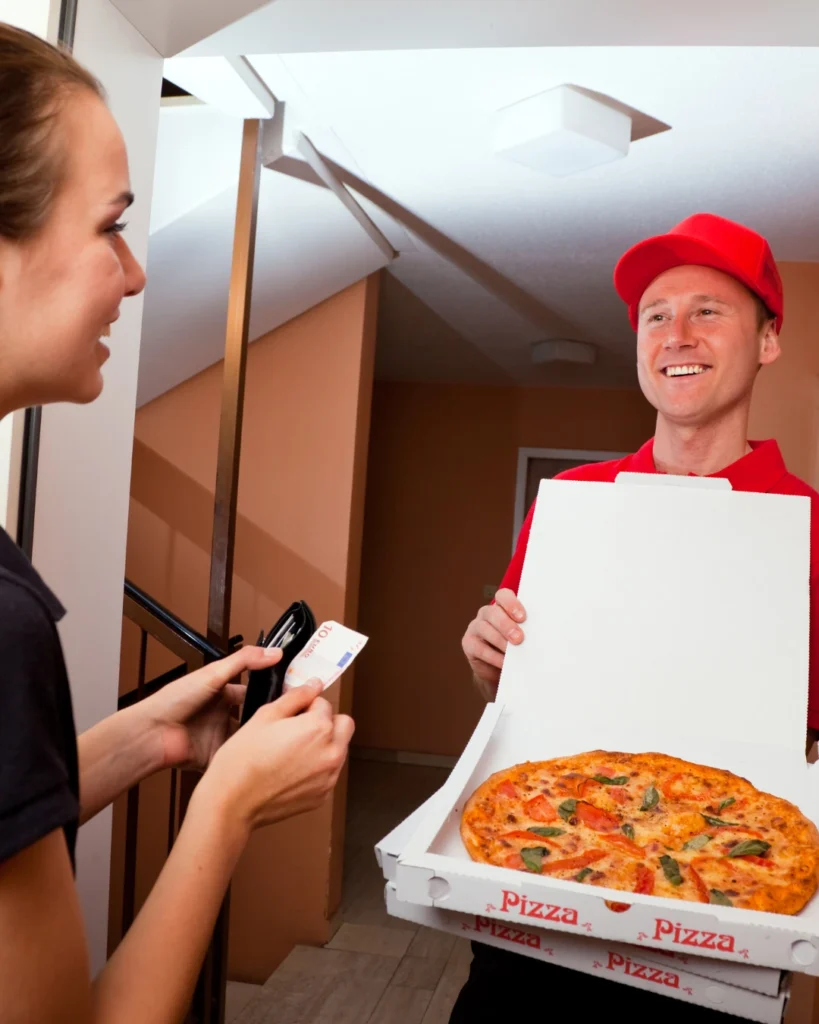How to Boost Food Delivery Sales: Five Proven Strategies

Introduction
The global food delivery market will reach USD 3.86 billion by 2030, highlighting significant opportunities for restaurants to capitalize on this growing sector. This article explores 5 (five) effective strategies to boost food delivery sales, offering practical insights to help restaurants thrive in an increasingly competitive market.
Five proven strategies to boost food delivery sales
Expanded customer reach
Expanding customer reach through food delivery enables restaurants to access a broader audience, which can significantly boost their sales. Look at how this works and the benefits it brings:
Access to new markets
Food delivery allows restaurants to reach customers outside their immediate area. This is particularly valuable for restaurants looking to serve multiple areas where dining options may be limited.
Increased market size
By expanding the delivery area, restaurants can attract customers who otherwise wouldn’t consider dining in due to distance.
Restaurant exposure and marketing help increase revenue
Popular food delivery platforms such as Talabat, Noon, and Deliveroo, have thousands of users. By listing on these platforms, restaurants can significantly increase their exposure to potential customers who frequently use these apps to discover new dining options.
These platforms often feature restaurant recommendations, top-rated lists, and search functionalities that can help users find restaurants based on their preferences. Being featured prominently can drive significant traffic to a restaurant.
The delivery app can help to gain exposure for restaurants through customer reviews and ratings:
Trust and credibility
Reviews and ratings from other customers can significantly influence new customers’ decisions. High ratings and positive reviews on delivery platforms can build trust and encourage more people to order from the restaurant.
Feedback loop
Customer feedback through reviews can also provide valuable insights for restaurants to improve their services and offerings, further enhancing their appeal.
Use SEO
In the digital age, leveraging SEO (Search Engine Optimization) can greatly enhance your restaurant’s online visibility and customer reach. Online ordering platforms like Zomato and Talabat allow customers to search by dish names, dietary preferences, and cuisine styles. Therefore, optimizing your menu descriptions with relevant keywords and phrases is crucial to stand out among the competition.
Incorporate popular search terms into your menu to attract customers looking for specific dishes or cuisines. Additionally, maintaining an active presence on social media and ensuring your website is mobile-friendly can further boost your SEO rankings. By focusing on SEO strategies, you can effectively attract more customers and increase online orders, ultimately driving business growth and success.
Data collection and analysis:
Food delivery apps allow restaurants to collect valuable data about customer behaviors and preferences. This helps improve the menu and offers customized promotions that better meet customer needs. By analyzing this data, restaurants can identify popular dishes and peak ordering times, efficiently manage inventory, and enhance delivery operations. Moreover, using the data to tailor promotions increases the probability of repeat orders, and boosts revenue.
Additionally, this data aids in building stronger customer relationships by providing personalized experiences that cater to their preferences, fostering customer loyalty, and contributing to long-term business growth. Therefore, collecting and analyzing data through food delivery apps is a crucial investment that can achieve benefits in service improvement and sustainable profitability.
Menu optimization
Based on sales data, restaurants can make informed decisions regarding which dishes to add or remove from the menu. Items that are not popular can be identified and replaced with others that have higher demand. Start by categorizing your menu items as follows:
– High-margin items (low-cost, high-earning items like fries, water )
– Best-sellers (the most popular menu items, which can vary depending on the restaurant)
– Slow-movers (items with the lowest demand)
By doing this menu engineering analysis, you can make data-driven decisions on which items to highlight, which promotions to run, or which items to eliminate from the menu. Additionally, collecting feedback from customers can provide deeper insights to help drive sales.
By implementing these 5 strategies into your food delivery operations, you can enhance customer engagement, expand your market reach, and ultimately drive higher sales. Remember, continuous monitoring and adaptation based on customer feedback and market trends are key to ongoing success in the competitive food delivery industry. Start implementing these steps today to see a visible boost in your online delivery sales.
You may also be interested in:
Book your free consultation to know more about how to increase your restaurant revenue.
